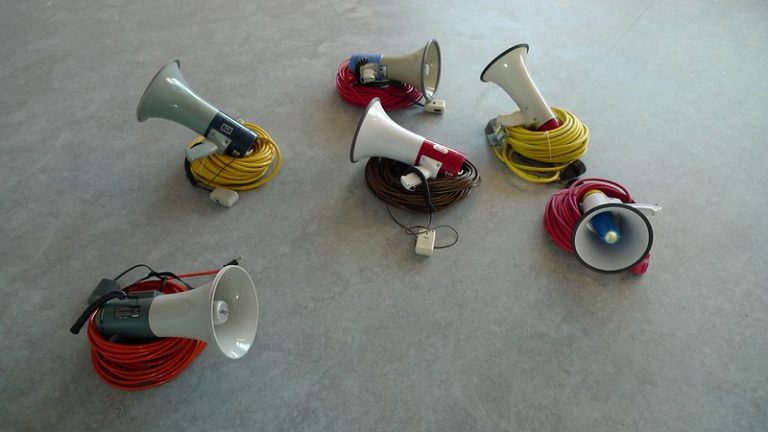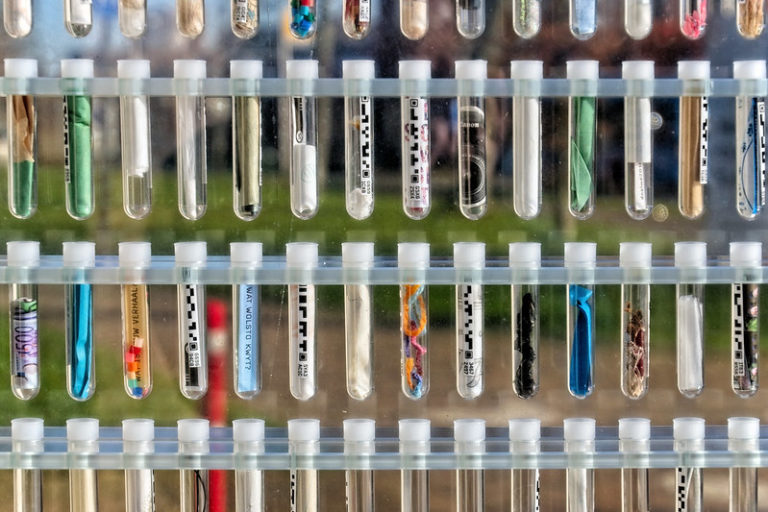Patents on life: medicine and “disruptive technologies”
In addition to patents on plants, animals and micro-organisms, there’s another vast field in which patents are being used: medicine and pharmaceuticals, which today are inextricably linked with digital technologies. Jaw-dropping !

In a dossier entitled “Micro and nano technologies for healthcare” published by CEA-Leti2 , we can read: “the emergence of disruptive technologies is transforming the pharmaceutical industry“. These so-called “disruptive” technologies are mainly the result of NBIC convergence – nanotechnology, biotechnology, information technology and cognitive science(s) – in a cross-fertilization dynamic that has been underway for at least two decades. Microelectronics is a key component of all these technologies, and is making a major breakthrough in the healthcare sector. The number of patents filed by CEA-Leti speaks for itself: out of a total of 2,800 patent families, the vast majority are in the healthcare field4 . We’re talking about « general » health, but for the moment, the human species is the most concerned. What new medicines can these technologies offer? How far have we got in their achievement? In marketing them ? What about the biological structures (tissues, organs) newly constructed with these same disruptive technologies?
Biomedicines…
Biomedicines are drugs produced from living cells. The range of applications is immense: from molecules such as human insulin- long produced in fermenters from genetically modified bacteria- to gene therapies such as those using Crispr/Cas-modified Car-T lymphocytes or therapies targeted at tumour cells and associated with artificial intelligence. Other examples include modified RNA – or DNA – vaccines based on nano-biotechnologies and synthetic biology, and tissue-based therapies (transplants). But these are just a few examples.
One out of every two drugs under development worldwide is a biomedicine7 , indicating the expected growth in the number of patents. Patents which are related to these biomedicines and their production processes. 76 patented biotherapies are already marketed in Europe8.
…to organoids on chips
Different from the organoids already presented in our articles, here come the organoids on chips. Organ stem cells are placed on “channels” bathing in a “microfluidic component” which reproduces some of the physical conditions encountered in real organs, and supplying the essential nutrients. It’s microelectronic fluidic systems that would enable vascularization (formation of blood vessels) in the10 organoid. The hybridisation between living and non living things is complete. These organoids on chips imitate the functions of organs.
They hold promises for the study of diseases or their therapies, particularly cancers, regenerative medicine, drug assessment and the reduction in the number of laboratory animals…
For example, clusters of pancreatic cells have been shown, with this system, to produce insulin more efficiently. By injecting them into people with diabetes (type 1), we may be able to cure them.
All these processes, numerous and varied, are patented. “Patents have been filed, but the experimental results have not yet been published,” says researcher Xavier Gidrol, who is involved in the PEPR (priority research equipment program) funded by the French government for this type of work11.
In the healthcare field12 , the scope of patents is still very unclear. Will patents on processes lead to private ownership of cells belonging to an individual? Will we see the privatization of therapeutic protocols in Europe, like in the United States? It’s a dizzying question, but the promises, especially in the sensitive field of health care, are bound to turn to gold for multinational firms, laboratories and start-ups...
1CEA-Leti, « Micro et nanotechnologies pour la santé », 2023.
2CEA: French Atomic Energy Commission. Public organization. In 2010, it broadened its scope to include “alternative energies“.
CEA-Leti: based in Grenoble, France, CEA-Leti is a technology research institute and world leader in micro and nanotechnologies in a number of fields, including health and biology.
4CEA-Leti, « CEA-Leti : 50 ans de technologies de miniaturisation novatrices ».
CEA, « Le CEA et la deeptech, une évidence », 18 janvier 2024.
7 CEA-Leti, “Biomedicines and biomanufacturing: innovating for tomorrow”, March 3, 2022.
8Ibid.
10 Le Monde Science & Médecine, March 13, 2024.
11Ibid.
12Not all “innovations” are mentioned in this article, but are described in the dossier in note 1.













